Fascinating Perfumery: How Violets and Ionones Made History
It’s not an understatement to say that without the humble violet we wouldn’t have perfumery as we know it today. At the end of the 19th century when the fashion for violet perfumes was all the rage, several German chemists set out to isolate the aroma-material that gives this flower its delicate and yet persistent scent. Until then violet essence was distilled from the flowers of Viola odorata, a process that required more than 33,000 kg of flowers to obtain a kilogram of violet oil. The search for Veilchenduft, the scent of violet, led to the discovery and isolation of ionones, a class of materials that are sweet and powdery.
In today’s film, I describe how this violet-scented revolution happened and compare different types of ionones. The term ionone is derived from the Greek word “iona,” which means violet, and “ketone” referring to its chemical structure. Several isomeric ionones occur naturally in flowers like rose and violet as well as in different fruit and berries. Fine grades of Japanese green tea are rich in ionones as is milk–if a cow eats ionone-rich alfalfa, ionones will then be found in its milk.
I mention several violet gold standards such as
This episode focuses more on the classics, and in the next film I will discuss modern fragrances featuring ionones. Ionones: Sweet and Powdery includes even more perfumes and information on these fascinating materials.
Of course, I would love to hear about your favorite violets, vintage or modern.
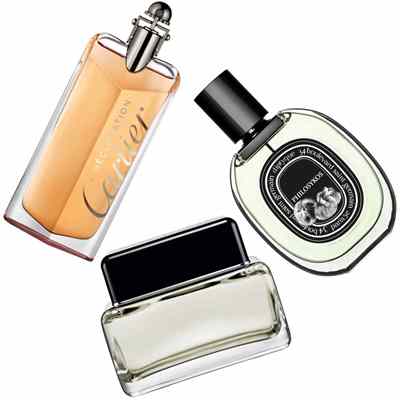


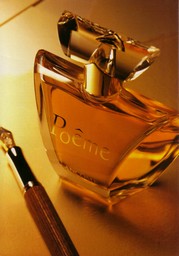
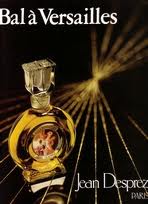










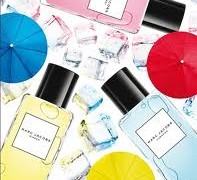

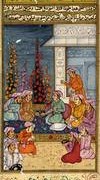
Joi in Giorgio Armani Mania : Long Lost Favorite Perfume: Yes!! January 25, 2024 at 2:54am